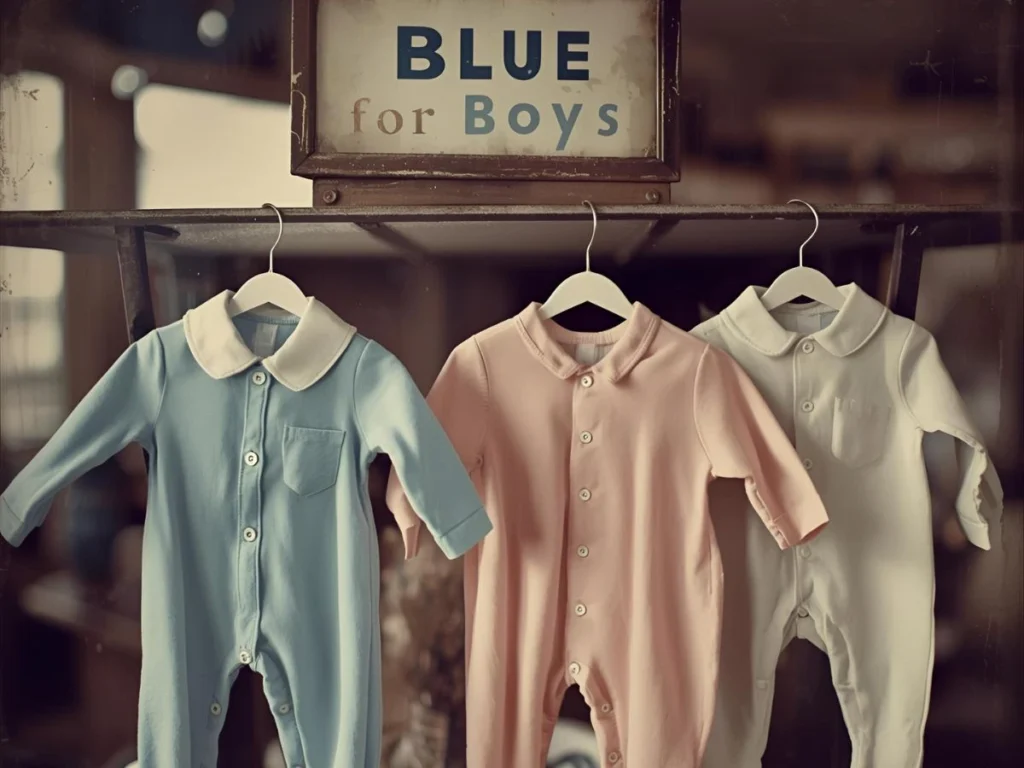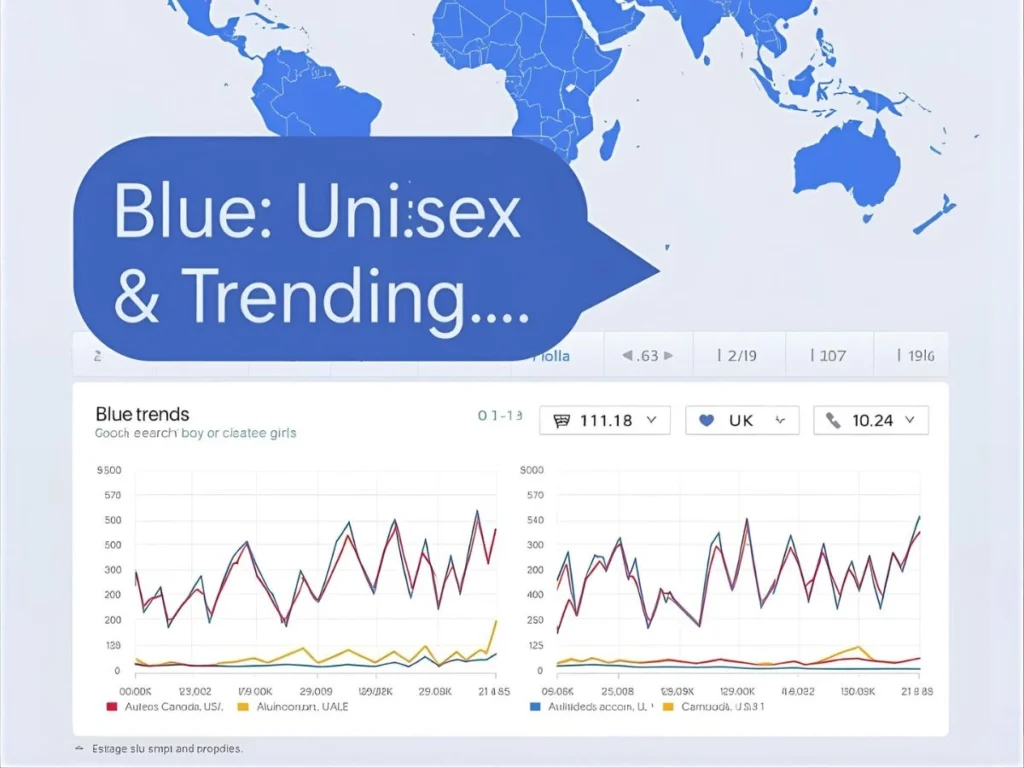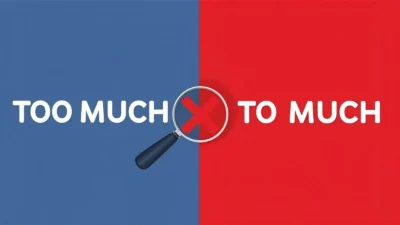Is Blue a Boy or a Girl? Let’s Clear That Up.
You’ve probably wondered — or even Googled — “Is blue for boys?” or “Is blue a boy or a girl?” You’re not alone. Whether you’re naming a baby, choosing a collar for your new puppy, or just curious about why we associate certain colors with gender, this question comes up more often than you’d think.
For years, blue has been linked to boys and pink to girls — but why? And is that still true today? In this article, we’ll unpack where these ideas came from, how different cultures view color and gender, and whether it really matters anymore.
Let’s talk about the real story behind blue, gender, and what it all means today — without the confusion or outdated stereotypes.
Is Blue a Boy or a Girl?
Blue is a color, not a gender. However, it’s often associated with boys due to cultural traditions, especially in Western countries. For example, baby boys are frequently dressed in blue, while girls often wear pink. This is a social custom, not a rule. Names like Blue (e.g., Blue Ivy, Beyoncé’s daughter) can be used for any gender.
The Origin of Blue’s Gender Association

The link between blue and boys began in the early 20th century in Western cultures. Before then, babies often wore neutral colors like white. By the 1940s, marketers in the U.S. and Europe pushed blue for boys and pink for girls to boost sales of gendered clothing. Blue, seen as calm and strong, was tied to masculinity, while pink was deemed soft and feminine. These associations aren’t universal—some cultures, like parts of Asia, don’t tie colors to gender as strongly. The name “Blue” comes from the Old French word bleu, meaning the color, and has no inherent gender.
British English vs American English Spelling
The word “blue” is spelled the same in British and American English, unlike words like “colour” (British) and “color” (American). Both use “blue” for the color and name. However, cultural associations differ slightly. In the UK, blue is less rigidly tied to boys than in the U.S., where the boy-blue, girl-pink divide is stronger.
| Aspect | British English | American English |
|---|---|---|
| Spelling | Blue | Blue |
| Gender Association | Loosely tied to boys | Strongly tied to boys |
| Example | “A blue dress for a girl” | “Blue is for baby boys” |
Which Spelling Should You Use?
Since “blue” is spelled the same globally, use it confidently in any English-speaking context. For gender associations, consider your audience. In the U.S., blue strongly signals boys, so using it for a girl’s name or item might stand out. In the UK or Commonwealth countries like Australia, blue is more flexible. For global audiences, clarify context (e.g., “Blue, a unisex name”) to avoid confusion. When naming, prioritize personal preference over stereotypes.
Common Mistakes with Blue’s Gender Association
- Assuming blue is only for boys: Blue is unisex for names or items. Example: Blue Ivy (girl).
- Ignoring cultural differences: In some cultures, blue isn’t gendered. Don’t assume universal rules.
- Misspelling the name: “Bleu” (French) is sometimes used but less common. Stick to “Blue” for clarity.
- Overgeneralizing: Not all boys like blue, and not all girls prefer pink. Avoid rigid stereotypes.
Is Blue a Boy or a Girl in Everyday Examples
- Emails: “We named our daughter Blue after the ocean.” (Unisex name usage)
- News: “Blue onesies dominate baby boy clothing sales.” (Gendered product context)
- Social Media: “Loving my new blue jacket! #UnisexFashion” (Neutral use)
- Formal Writing: “The name Blue, inspired by the color, suits any gender.” (Professional tone)
Is Blue a Boy or a Girl – Google Trends & Usage Data

Google Trends shows high interest in “is blue a boy or a girl” in the U.S., UK, and Canada, peaking during baby showers or naming seasons (spring/summer). The U.S. leads searches, reflecting stronger gender-color norms. Social media platforms like X show “Blue” trending as a unisex name, with posts like “Blue is a vibe, not a gender.” In naming, Blue ranks moderately for both people, per U.S. baby name data (e.g., 200+ girls named Blue in 2024).
Comparison Table: Blue vs Other Color Names
| Name | Gender Association | Common Usage |
|---|---|---|
| Blue | Unisex, leans boy | Baby names, clothing |
| Pink | Strongly girl | Baby girls, fashion |
| Red | Neutral | Names, sports teams |
| Green | Neutral | Nature-inspired names |
FAQs
- Is Blue strictly a boy’s name? No, Blue is unisex. Example: Blue Ivy (girl).
- Why is blue associated with boys? Marketing in the 1940s tied blue to boys for clothing sales in Western countries.
- Can I name my daughter Blue? Yes, it’s a unisex name and works for any gender.
- Is blue gendered in other cultures? Not always. Some cultures, like in East Asia, don’t tie colors to gender strongly.
- How common is the name Blue? Moderately popular, especially in the U.S., for both kids.
- Does spelling differ for the name Blue? It’s usually “Blue,” but “Bleu” (French) is a rare variant.
- Can blue be used for girls’ items? Yes, blue is increasingly neutral in fashion and products.
Conclusion
The question “is blue a boy or a girl” reflects curiosity about cultural norms tying colors to gender. Blue is a color, not a gender, but Western traditions, especially in the U.S., link it to boys due to 20th-century marketing. The name Blue is unisex, used for both kids, like Blue Ivy. Spelling is consistent across British and American English, making it easy to use globally. When choosing Blue for names or items, consider your audience’s cultural context—U.S. audiences may see it as boyish, while others view it as neutral. Avoid stereotypes and embrace flexibility. Whether naming a child, pet, or picking a product, Blue is versatile and timeless. Use it confidently, and clarify context if needed to align with your intent.



